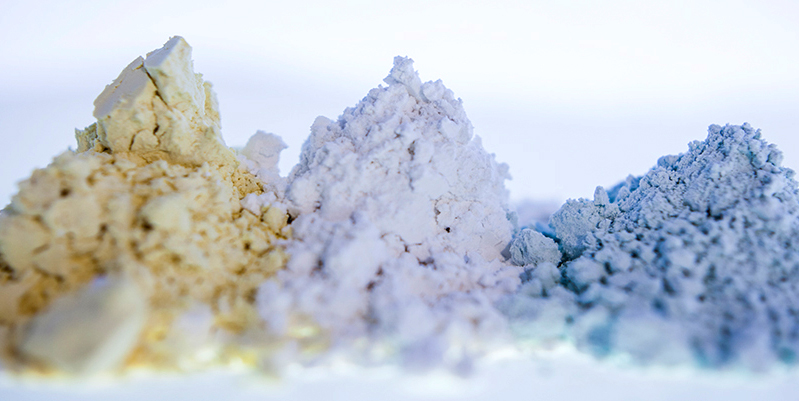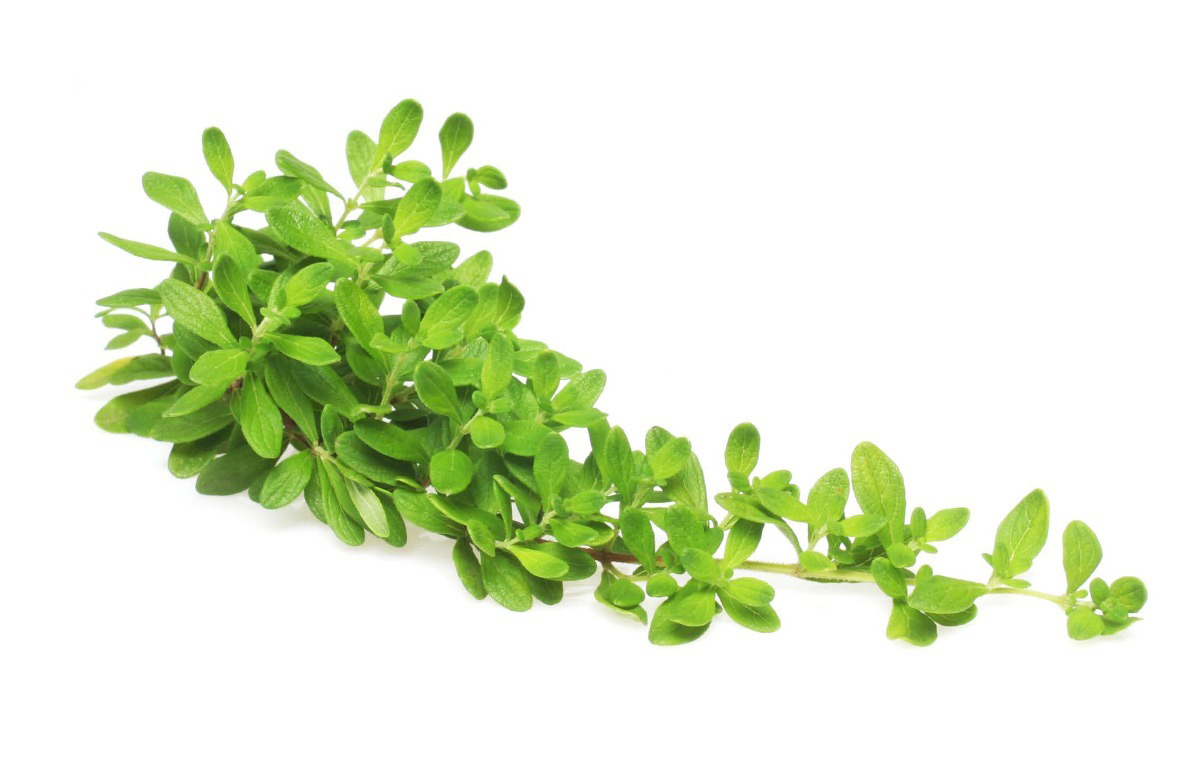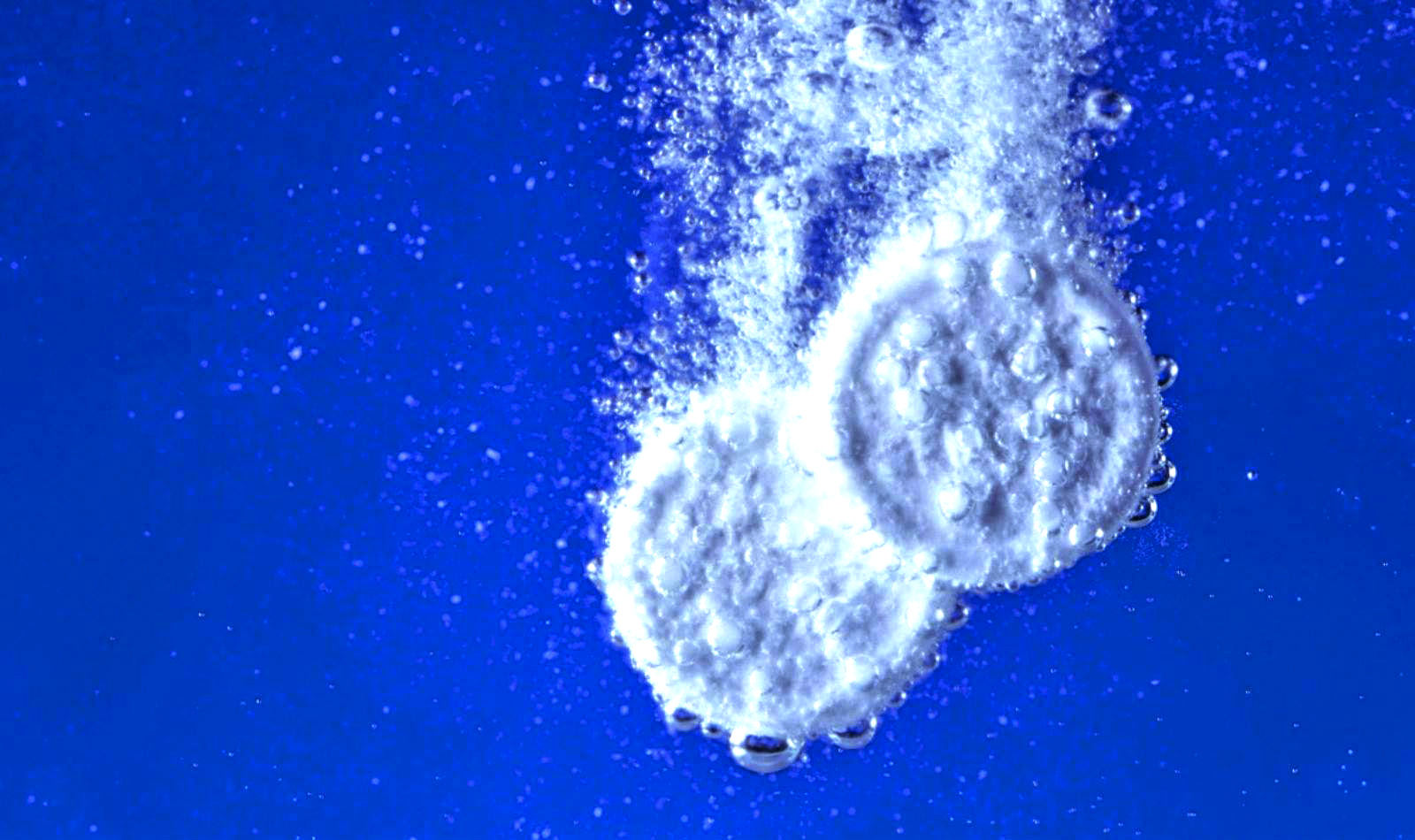Alginic acid, also known as algin, is a polysaccharide widely distributed in the cell walls of brown algae, which is hydrophilic and forms a viscous gum when hydrated. Its salts with metals such as sodium and calcium are known as alginates. It is an important component of biofilms produced by the bacterium Pseudomonas aeruginosa, an important pathogen found in the lungs of some people who have cystic fibrosis. The biofilm and P. aeruginosa have a high resistance to antibiotics and are susceptible to inhibition by macrophages. Its color varies from white to yellowish brown. It is sold in filamentous, granular or powder form.
Sodium alginate is the sodium salt of alginic acid. The alginates are refined from brown seaweed. A wide variety of brown algae of the Phaeophyceae class are collected throughout the world to convert them into the raw material commonly known as sodium alginate. Sodium alginate has wide use in a wide variety of industries including food, textile printing and pharmaceuticals. The dental impression material uses alginate as the gelling medium. Alginate is safe as an ingredient in manufactured foods.
The empirical formula of alginate is NaC 6 H 7 O 6. Sodium alginate is a gum, extracted from the cellular walls of brown algae.
Potassium alginate is a chemical compound that is the potassium salt of alginic acid. It is an extract of seaweed. Its empirical chemical formula is KC 6 H 7 O 6.
Calcium alginate, made from sodium alginate from which the sodium ion has been removed and replaced with calcium, has the chemical formula C 12 H 14 CaO 12. The processes for the manufacture of sodium alginate from brown algae are They are classified into two categories: 1.- Calcium alginate method and 2.- Alginic acid method. The chemistry of the processes used to extract sodium alginate from brown algae is relatively simple.
Alginate is used because it absorbs water quickly, which makes it useful as an additive in dehydrated products, such as slimming, and in the manufacture of paper and textiles. It is also used for waterproofing and fireproof fabrics, in the food industry as a thickening agent for beverages, ice cream and cosmetics, and as a gelling agent for jellies.
 Alginate is used as an ingredient in various pharmaceutical preparations, such as Gaviscon, in which it is combined with bicarbonate to inhibit reflux.
Alginate is used as an ingredient in various pharmaceutical preparations, such as Gaviscon, in which it is combined with bicarbonate to inhibit reflux.
Sodium alginate is used as impression material in dentistry, prosthesis, lifecasting and for the creation of positives for small-scale smelting.
Sodium alginate is used in printing with reactive dye and as a thickener for reactive dyes in textile screen printing. The alginates do not react with these dyes and are easily washed, unlike the starch-based thickeners.
As a material for micro encapsulation.
Calcium alginate is used in different types of medical products, including dressings for skin wounds to promote healing and can be removed with less pain than conventional dressings.
Learn more about health in Pharmamedic.







